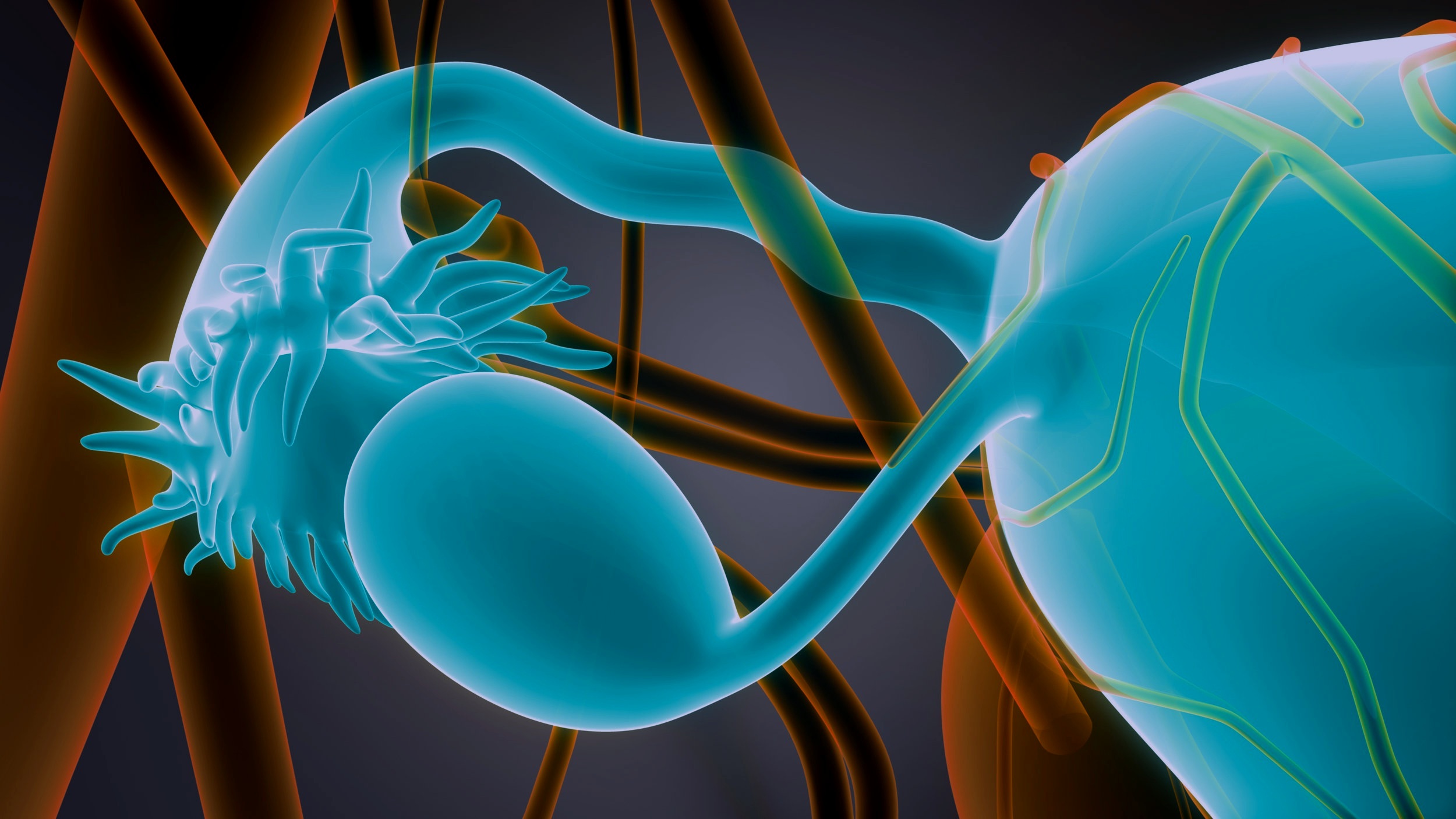Researchers develop non-contact probe to analyze single cells within tumors

NYU Abu Dhabi (NYUAD) researchers have developed a special noncontact multi-physics probe (NMP) that enables them to collect cytoplasmic samples from single tumor cells without disrupting their spatial configurations in the original tissue. The tiny tool can also be used to introduce foreign materials to selected cells within the tissue to alter their genetic makeup. As a result, the NMP will facilitate advanced studies that could improve the current understanding of the basic building blocks of diseases, including cancer and Alzheimers, and lead to the development of new therapies. Moreover, this could lead to a powerful tool in the field of stem cell biology and reprogramming.
This new, high-precision technology might also contribute to the world's most ambitious genetic project, the Human Cell Atlas, by enabling sequential, non-invasive, and multiplexed genetic manipulation and subcellular 'biopsy' sampling with a single tool.
The ability to analyze single-cells while retaining the same spatial configurations as the original tumor is fundamental for understanding cells' diversity and heterogeneity within a tumor. Therefore, developing tools for probing and analyzing single cells while in their natural physiological environment is critical.
In their study, Noncontact Multiphysics Probe for Spatiotemporal Resolved Single-Cell Manipulation and Analyses published in the journal Small, NYUAD Assistant Professor of Mechanical and Biomedical Engineering and Principal Investigator at the Advanced Microfluidics and Microdevices Laboratory Mohammad A. Qasaimeh and his team present the process of developing the new technology. The team built on their previous efforts in 3D printed microfluidics probes and their recent development of the Micro-electro-Fluidic Probe for cell separation and patterning. However, this NMP is significantly miniaturized to achieve single-cell manipulation, the design is advanced for subcellular operations, and the device is integrated with electrical components for single-cell stimulation.
"This is analogous to collecting blood samples from a patient without physical contact between the needle and the skin—however, in the case of the NMP, the patient is a single cancer cell, and the 'needle' is five times thinner than a strand of human hair and utilizes electrical signals to puncture through the cell membrane, without physical lancing," said Ayoola T. Brimmo, the first author and a former Ph.D. student with Professor Qasaimeh's group.
The use of advanced 3D printing tools allowed the team to create over 200 prototypes with rapid iterations and facilitated the inclusion of 3D microelectrodes at the tip of the NMP. The NMP effectively retrieved RNAs from single cancer cells and introduced synthetic DNAs (plasmids) into single cancer cells, all while keeping cells within their tissue-like configuration and leaving other neighboring cells untouched.
"The NMP we've developed can guide the way for more in-depth genetic analyses of single-cells and a more fundamental understanding of cancer and other complex diseases," said Qasaimeh. "Our future research aims at increasing the throughput of the NMP, as well as increasing the precision for targeting sub-cellular components. We expect such developments to enable unparalleled insights on the fundamental internal workings of all lifeforms."





